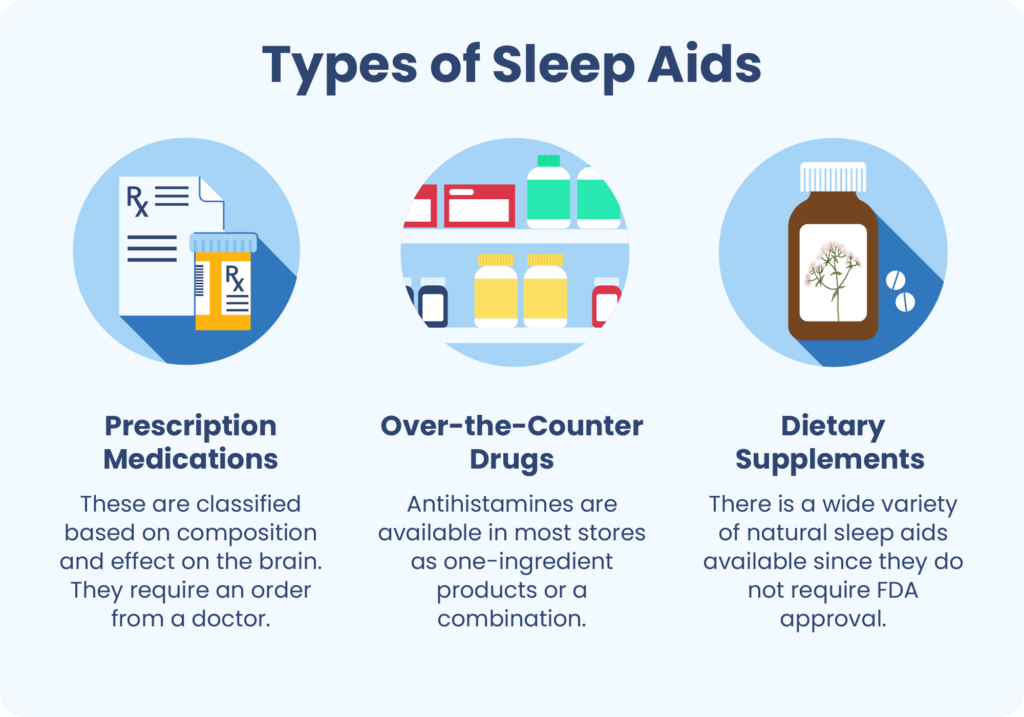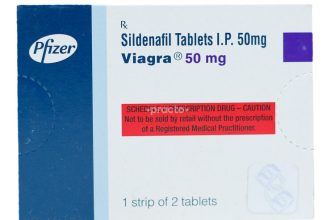For improving sleep, doxepin generally offers faster onset of action than Elavil (amitriptyline). Doxepin’s sedating effects are often more pronounced at lower doses, making it a potentially better choice for individuals prioritizing sleep improvement without significant daytime drowsiness. However, individual responses vary significantly.
Both medications belong to the tricyclic antidepressant (TCA) class, impacting serotonin and norepinephrine levels. However, doxepin shows stronger histamine-blocking properties, which contribute to its sedative effects. This difference might lead to varying side effect profiles, with doxepin potentially causing more weight gain and dry mouth.
Consider these factors: Your doctor should assess your specific medical history, other medications, and health conditions before prescribing either drug. They will help you determine the best option based on your individual needs and potential risks. Always discuss potential side effects and alternative treatments.
Remember: This information is for educational purposes only and does not constitute medical advice. Always consult your physician or a qualified healthcare professional for diagnosis and treatment of sleep disorders or any other medical conditions.
- Elavil vs Doxepin for Sleep: A Detailed Comparison
- Sedation and Sleep Onset
- Side Effects
- Dosage and Administration
- Other Considerations
- Choosing the Right Medication
- Understanding the Mechanisms of Action
- Norepinephrine Reuptake Inhibition
- Serotonin Reuptake Inhibition
- Histamine Receptor Antagonism
- Other Receptor Interactions
- Dosage and Administration for Sleep
- Elavil (Amitriptyline) for Sleep
- Doxepin for Sleep
- Side Effect Profiles: A Head-to-Head Comparison
- Efficacy and Treatment Response for Insomnia
- Factors Influencing Treatment Choice
- Potential Drug Interactions to Consider
- Choosing the Right Medication: Factors to Discuss with Your Doctor
Elavil vs Doxepin for Sleep: A Detailed Comparison
Choosing between Elavil (amitriptyline) and Doxepin for sleep depends on individual needs and responses. Both are tricyclic antidepressants, but they differ slightly in their sedative effects and side effect profiles.
Sedation and Sleep Onset
Doxepin generally induces sleep faster than Elavil. Many users report quicker onset of drowsiness with Doxepin. However, the duration and quality of sleep can vary. Elavil’s sedative effect might be gentler and longer-lasting for some.
Side Effects
Both medications carry similar risks, including dry mouth, constipation, and blurred vision. However, Doxepin may cause more pronounced daytime drowsiness. Elavil, conversely, might lead to more pronounced anticholinergic effects like urinary retention. Always discuss potential side effects with your doctor.
Dosage and Administration
| Medication | Typical Starting Dosage for Sleep (mg) | Notes |
|---|---|---|
| Elavil (Amitriptyline) | 10-25 | Dosage adjustments are gradual and based on individual response. |
| Doxepin | 3-6 | Lower doses are often sufficient for sleep. Higher doses are used for depression. |
Other Considerations
Your doctor will consider your medical history, other medications you’re taking, and any pre-existing conditions before prescribing either medication. Regular monitoring is crucial to assess your response and adjust the dosage as needed. Neither drug is recommended for long-term use without careful physician oversight.
Choosing the Right Medication
The best choice depends on your individual needs. A trial period with one medication, followed by careful monitoring of its effects, is usually the best approach. Open communication with your physician is essential for making an informed decision.
Understanding the Mechanisms of Action
Both Elavil (amitriptyline) and doxepin are tricyclic antidepressants (TCAs), affecting sleep primarily by blocking the reuptake of norepinephrine and serotonin in the brain. This increased neurotransmitter availability enhances their sedative effects. However, they differ slightly in their potency and selectivity for these neurotransmitters.
Norepinephrine Reuptake Inhibition
Doxepin shows stronger norepinephrine reuptake inhibition compared to amitriptyline. This difference contributes to doxepin’s potentially more pronounced sedative properties, although individual responses vary considerably. This stronger effect may also lead to increased side effects like dry mouth and constipation.
Serotonin Reuptake Inhibition
Amitriptyline exhibits a more balanced profile in serotonin and norepinephrine reuptake inhibition. While both drugs affect serotonin, the differing ratios influence their overall effects on mood and sleep. The impact on sleep is likely a combination of both actions, rather than solely attributable to one neurotransmitter.
Histamine Receptor Antagonism
Both drugs also block histamine receptors, resulting in sedative effects. Doxepin’s potent histamine H1 receptor antagonism significantly contributes to its sleep-promoting qualities, often leading to more pronounced drowsiness than amitriptyline.
Other Receptor Interactions
Other receptor interactions, like muscarinic acetylcholine receptor blockade, contribute to side effects like dry mouth and blurred vision, but have a less direct role in the sleep-promoting action.
Dosage and Administration for Sleep
Both Elavil (amitriptyline) and doxepin are tricyclic antidepressants often prescribed off-label for sleep. However, dosage differs significantly. For sleep, doctors typically prescribe lower doses than for depression. Always follow your doctor’s instructions precisely.
Elavil (Amitriptyline) for Sleep
A common starting dose for sleep is 10-25 mg, taken at bedtime. Your doctor may gradually increase this, but it’s rarely above 50 mg for sleep. Taking it at night minimizes daytime drowsiness. The dosage adjustment depends on individual response and tolerance.
Doxepin for Sleep
Doxepin is available in lower doses specifically formulated for sleep. These usually range from 3mg to 6mg. Higher doses are used for depression treatment. Start with the lowest effective dose and increase only as directed by your physician. Similarly to Elavil, taking it before bed is recommended.
Important Note: Both medications can cause drowsiness, dry mouth, and constipation. Report any side effects to your healthcare provider immediately. Never adjust your dosage without consulting your doctor. Sudden cessation can cause withdrawal symptoms. This information is for educational purposes and does not constitute medical advice. Always consult a healthcare professional for personalized guidance.
Side Effect Profiles: A Head-to-Head Comparison
Both Elavil (amitriptyline) and Doxepin share similar side effect profiles due to their tricyclic antidepressant nature, but their frequency and severity can differ.
Anticholinergic Effects: Doxepin generally causes more pronounced anticholinergic effects than amitriptyline. This means you might experience dry mouth, constipation, blurred vision, and urinary retention more frequently with Doxepin. Consider this if you have pre-existing conditions affecting these systems.
- Doxepin: Higher risk of significant anticholinergic side effects.
- Amitriptyline: Lower risk, but still possible.
Sedation: Both medications are sedating, but Doxepin, especially at higher doses, tends to induce more pronounced drowsiness. Amitriptyline can also cause daytime sleepiness, but often less intensely.
- Doxepin: Higher sedative potential, potentially beneficial for sleep but may impair daytime functioning.
- Amitriptyline: Moderate sedative effects; less likely to cause significant daytime impairment at lower doses.
Cardiovascular Effects: Both carry a risk of orthostatic hypotension (dizziness upon standing) and heart rhythm changes, though this is generally more concerning in older adults or those with pre-existing heart conditions. Always inform your doctor about your medical history.
- Both: Potential for orthostatic hypotension and cardiac effects; monitor blood pressure regularly.
Weight Gain: Weight gain is possible with both drugs, although individual responses vary widely. Maintaining a healthy diet and exercise routine can help mitigate this.
- Both: Potential for weight gain; lifestyle modifications are recommended.
Other Side Effects: Both can cause nausea, headache, fatigue, and dizziness. These side effects usually lessen over time as your body adjusts to the medication. Discuss any persistent or troublesome side effects with your doctor.
- Consult your doctor: This information is for educational purposes only and does not replace professional medical advice. Discuss your individual risk factors and potential side effects with your physician before starting either medication.
- Gradual increase: Start with the lowest effective dose and increase gradually to minimize side effects.
- Monitor symptoms: Pay close attention to your body’s responses and report any concerning side effects immediately.
Efficacy and Treatment Response for Insomnia
Both Elavil (amitriptyline) and Doxepin are tricyclic antidepressants frequently prescribed off-label for insomnia. Studies show Doxepin generally offers faster onset of sleep, particularly for patients with significant sleep maintenance difficulties. However, amitriptyline might be more suitable for individuals experiencing early-morning awakenings.
Factors Influencing Treatment Choice
Patient response varies greatly. Consider individual factors like age, other medical conditions, and existing medications when selecting the best option. Dosage adjustments are crucial; start with low doses and gradually increase under medical supervision. Regular monitoring of side effects, such as daytime drowsiness, dry mouth, and constipation, is vital. A healthcare professional can guide you in finding the optimal medication and dosage for your individual needs. Always discuss potential drug interactions with your doctor.
Therapeutic efficacy also depends on sleep hygiene practices. Maintaining a consistent sleep schedule, creating a relaxing bedtime routine, and avoiding caffeine and alcohol before bed significantly enhance treatment outcomes regardless of the medication choice. Cognitive behavioral therapy for insomnia (CBT-I) often complements medication, offering long-term solutions for chronic insomnia. Regular exercise and a balanced diet further contribute to better sleep. A multi-faceted approach is recommended for optimal results.
Potential Drug Interactions to Consider
Both Elavil (amitriptyline) and Doxepin are tricyclic antidepressants, interacting similarly with other medications. Always inform your doctor about all medications you take, including over-the-counter drugs and supplements. This includes herbal remedies.
Combining Elavil or Doxepin with MAO inhibitors can cause a dangerous increase in blood pressure. Allow at least two weeks between stopping an MAOI and starting either Elavil or Doxepin.
These medications can increase the sedative effects of alcohol, opioids, benzodiazepines, and other central nervous system depressants. Avoid combining them or limit alcohol consumption significantly.
Elavil and Doxepin may interact with blood thinners (like warfarin), potentially increasing bleeding risk. Your doctor might need to adjust dosages or monitor you closely.
Certain anticholinergic medications can have additive anticholinergic side effects when taken with Elavil or Doxepin, leading to dry mouth, constipation, and blurred vision. Examples include some antihistamines and antispasmodics. Discuss this possibility with your healthcare provider.
These medications may affect how your liver metabolizes other drugs, potentially altering their effects. Your doctor should be aware of all your medications to minimize the risk of unexpected interactions.
This information is not exhaustive and does not replace professional medical advice. Always consult your physician or pharmacist before making any changes to your medication regimen.
Choosing the Right Medication: Factors to Discuss with Your Doctor
Before starting either Elavil or Doxepin, openly discuss your medical history with your doctor. Mention any existing health conditions, particularly heart problems, glaucoma, or urinary retention, as these can affect treatment choices.
Clearly describe your sleep problems. Detail how long you’ve experienced insomnia, its severity, and any related symptoms like daytime fatigue or anxiety. This helps your doctor assess the best treatment approach.
Discuss other medications you’re taking, including over-the-counter drugs and supplements. Drug interactions can occur, potentially altering the efficacy or side effects of Elavil or Doxepin.
Ask about potential side effects. Both medications can cause drowsiness, dry mouth, constipation, and weight gain. Your doctor can help you manage these and determine if the benefits outweigh the potential risks.
Explore your preferences. Consider your lifestyle and tolerance for potential side effects when making a decision with your doctor. For example, if you drive, drowsiness could be a significant concern.
Don’t hesitate to ask questions. Clarify any uncertainties about dosage, administration, and expected outcomes. Active participation ensures you understand your treatment plan fully.
Follow your doctor’s instructions carefully. Report any unusual side effects or lack of improvement immediately. Regular checkups allow for monitoring progress and adjustments as needed.




